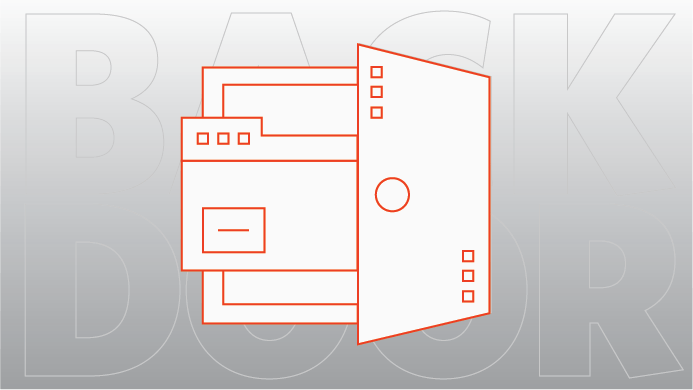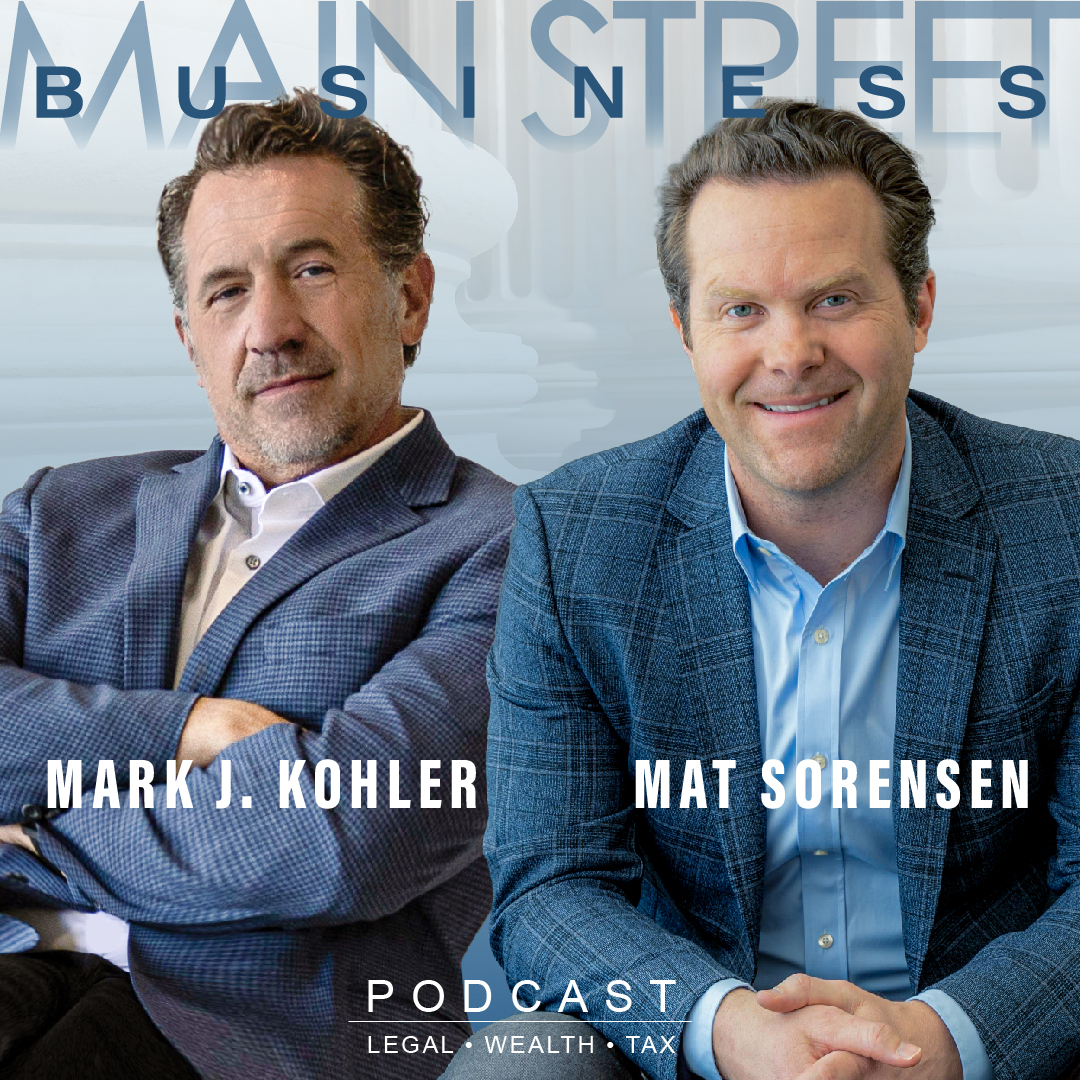Roth IRA Account
Overview of Roth IRA
Created in 1997 by Senator Roth of Delaware, contributions are made with after-tax dollars and are NOT tax-deductible. All funds within the Roth IRA compound are tax-free and all withdrawals from the account are also tax-free.
Many investors and financial professionals are familiar with the primary benefits of a Roth IRA: that the plan’s investments grow tax-free and come out tax-free. But if tax-free investing isn’t enough to get you excited, rest assured, there are more benefits to the Roth IRA as outlined below.
Remember, Roth IRAs are for nearly everyone with earned income. They’re not restricted to high-income earners. Check out this strategy here if you’re unfamiliar with the Back-door Roth IRA. Roth ‘n’ Roll.
Roth IRA Account
Crypto Roth IRA
Benefits
CONTRIBUTIONS |
GROWTH |
DISTRIBUTIONS |
|---|---|---|
No Deduction |
|
|
2024 Contribution Limit |
Qualifications |
Withdrawals/Distributions |
|---|---|---|
| $7,000 ($8,000 age over 50) |
Single Filer: MAGI under $161,000 Married Filing Jointly: MAGI under $240,000 If client does not qualify due to income |
Withdrawals are tax and penalty-free after age 59 1/2 and once the account has been open for 5 years |
1. Tax Free Growth and Tax Free Distributions at Retirement
2. No Required Minimum Distributions:
Roth IRAs are not subject to RMD. Traditional retirement plan owners are subject to rules known as Required Minimum Distribution rules which require the account owner to start taking distributions and paying tax on the distributions (since traditional plan) when the account owner reaches the age of 73. Not being subject to RMD rules allows the Roth IRA to keep accumulating tax free income (free of capital gain or other taxes on its investment returns) and allows the account to continue to accumulate tax free income during the account owner’s lifetime.
3. Spousal Rollover: The Best Asset to Leave to Your Spouse
A surviving spouse who is the beneficiary of a Roth IRA can continue contributing to that Roth IRA or can combine that Roth IRA into their own Roth IRA. Allowing the spouse beneficiary to take over the account allows additional tax free growth on investments in the Roth IRA account. Non spouse beneficiaries (e.g. children of Roth IRA owner) cannot make additional contributions to the inherited Roth IRA and cannot combine it with their own Roth IRA account. The non-spouse beneficiary becomes subject to required minimum distribution rules but can delay out required distributions up to 5 years from the year of the Roth IRA account owner’s death and is able to continue to keep the tax free return treatment of the retirement account for 5 years after the death of the owner. The second option for non spouse beneficiaries is to take withdrawals of the account over the life time expectancy of the beneficiary (the younger the beneficiary the longer they can delay taking money out of the Roth IRA). The lifetime expectancy option is usually the best option for a non-spouse beneficiary to keep as much money in the Roth IRA for tax free returns and growth.
4. Tax and Penalty Free Withdrawals Before Age 59 1/2 on What You Put In:
Roth IRA owners are not subject to the 10% early withdrawal penalty for distributions they take before age 59 1/2 on amounts that are comprised of contributions or conversions. Growth and earning are subject to the early withdrawal penalty and taxes too, but you can always take out the amounts you contributed to your Roth IRA or the amounts that you converted without paying taxes or penalties (note that conversions have a 5 year wait period before you can take out funds penalty and tax free). This makes the Roth IRA the most powerful savings account out there because you can take out what you put in without penalty or tax for whatever reason you may have as hardship is not required. Traditional IRAs have no such benefits.
Videos & Articles
on Roth IRA Accounts

Back Door Roth IRA Rules and Steps
Roth IRAs can be established and funded for high-income earners by using what is known as the “backdoor” Roth IRA contribution method…
Roth IRAs – A Deep Dive
Join Mark and Mat as they dive deep into the topic of Roth Iras. This is not a ‘superficial’ look or review…
 Tax-Free
Tax-Free